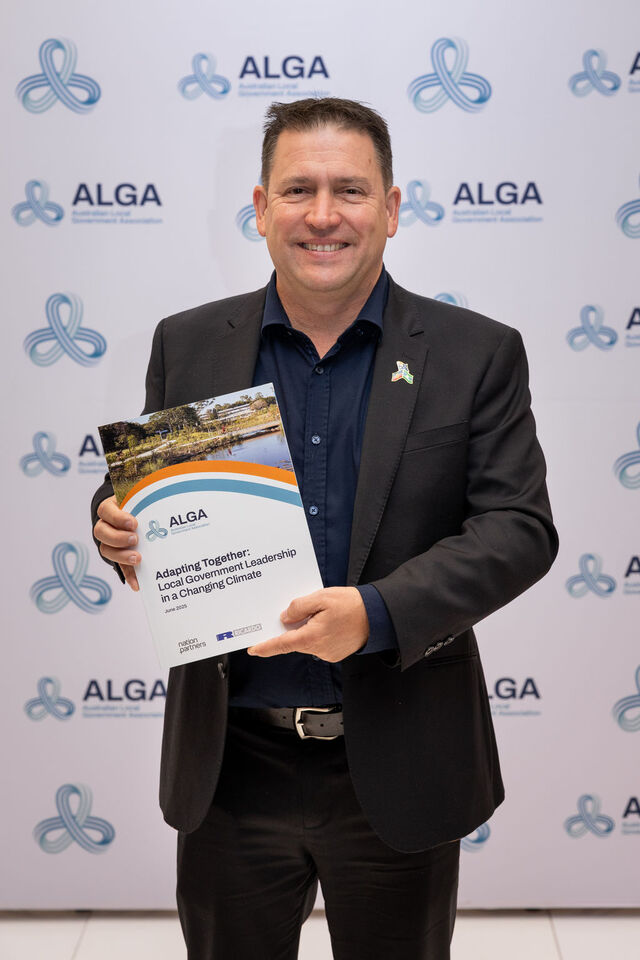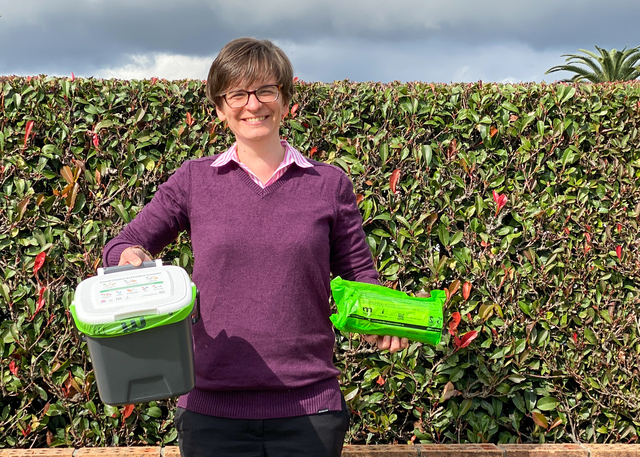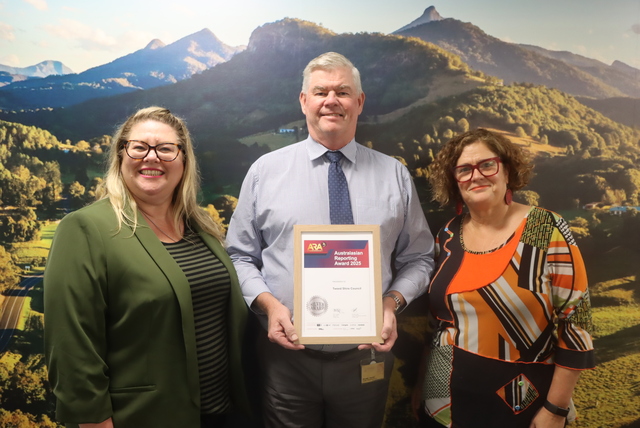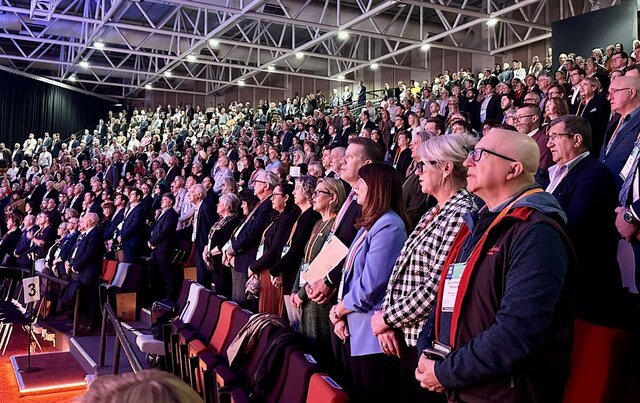Marine scientists have given one of Australia’s most lucrative fish farming production sites an environmental all clear. They have called for an environmental monitoring strategy to guide the long term use of Tasmania’s famous Huon Estuary.
This advice is contained in the final report of the Huon Estuary Study, a three year investigation by CSIRO Marine Research.
Mayor of Huon Valley Council, Councillor Greg Norris, said the study has provided a significant environmental baseline for the Huon community.
“The Huon Valley has considerable potential, and this research provides Council, residents and industry with an extensive background of information,” he said. “This will ensure the attributes of the Huon Estuary, that are central to all our livelihoods, can be maintained.”
“Council supports a cost effective integrated monitoring and assessment strategy under the Huon Valley Healthy Rivers Program to improve water quality and the environmental and economic future in the Huon Estuary and its catchment.”
Project Leader, Dr Ed Butler, from the CSIRO, said marine farming is but one of the many human activities putting pressure on coastal ecosystems and it should not be the focus of undue or unfair attention.
“A whole of estuary approach is needed that recognises all of the major natural and human influences,” he said.
The Chairman of the Tasmanian Salmonoid Growers Association, Peter Bender, whose company Huon Aquaculture was a key participant in the study, said the report is vital to the fish farming industry, which relies on waters of the highest environmental quality for production and marketing success.
“Importantly, those values are also reflected in the Huon community’s expressed interest in fostering industries that are significant economic contributors while maintaining the necessary environmental balance,” he said.
“The report will be extremely valuable to the industry, as it will guide us in the best ways of managing sustainable growth.
“With new technologies and appropriate farming techniques, growth and responsible environmental management can go hand in hand.”







